SLV Luminaires
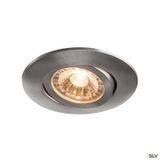

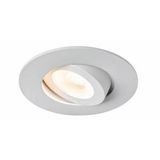
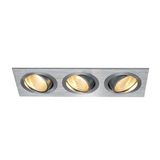
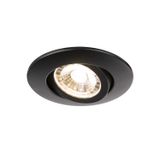
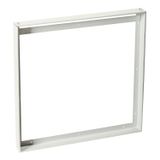

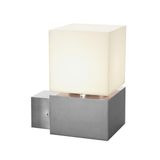

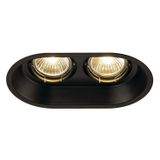

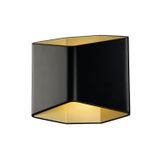
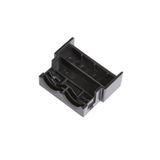
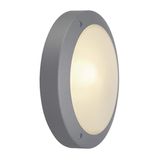




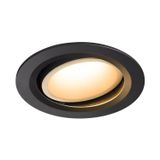

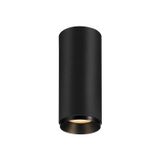

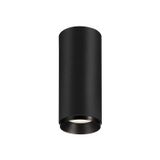
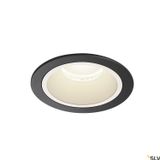

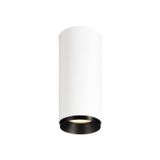
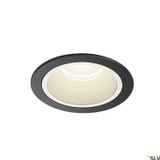
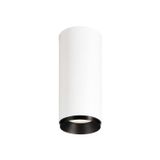
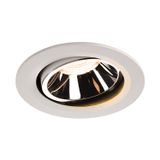
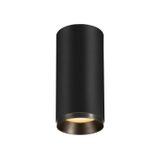
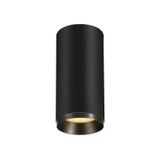
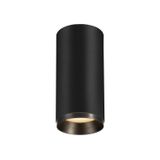
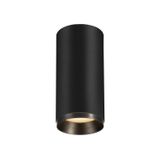
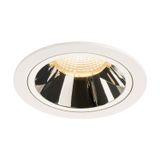
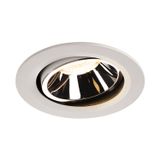


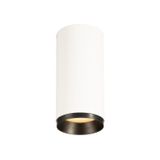
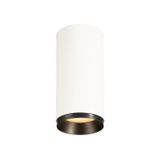
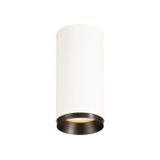

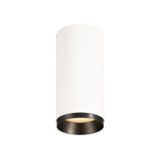

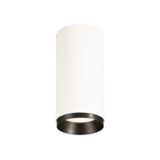



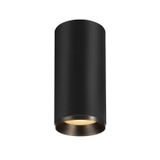
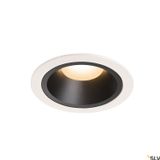
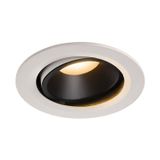
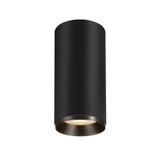
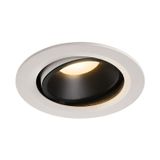
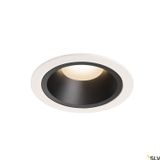
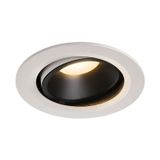

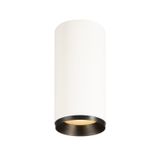
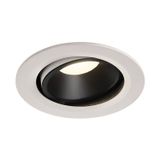

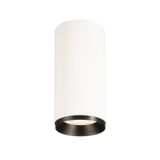

slv luminaires Application scope and brand context
Retail, hospitality, offices, and galleries ask for clean photometry, stable drivers, and housings that survive maintenance cycles. SLV’s catalogue covers ceiling, wall, track, and surface forms built around European mains (220–240 V) and SELV control. You can expect lumen packages from ~500 to 18 000 lm, CRI 80/90 options, CCT 2700/3000/3500/4000/6500 K, beam angles from 15° punch to 90° floods, and driver PF ≥0.90 with THD typically ≤15 % on professional lines. Ambient operation commonly −20…+40 °C; cold-store and coastal variants exist by series.
slv led luminaires Range and mounting families
Downlights: shallow cans for refits and high-output versions for double-height atria. Linear bars for corridors and merchandise runs, with continuous-row kits and through-wiring. Track heads in 1/3-circuit and DALI tracks, field-swappable optics, and proper tilt locks. Surface cylinders for solid ceilings; wall sconces with forward and up/down throws. Outdoor-rated companions (IP65) keep the visual language consistent from lobby to façade. Tool-free gear-tray access and push-in terminals make ceiling time predictable.
Lighting planners increasingly mix luminaire families to match installation standards, design needs, and electrical compatibility across different building types. Decorative residential and hospitality spaces often incorporate aesthetic fixtures from sollux luminaires, while large commercial and infrastructure projects rely on the technical performance of siteco luminaires. Cost-efficient retail and office upgrades frequently include versatile models from shada luminaires, and industrial or logistics facilities benefit from durable solutions provided by schrack luminaires. When electrical integration and system compatibility are priorities, engineers finalize their specifications using dependable options from schneider electric luminaires
slv indoor lighting Technical specifications and standards
Safety per EN 60598-1/-2-xx; control gear to IEC/EN 61347-2-13; EMC EN 55015 with immunity EN 61547; harmonics EN 61000-3-2 Class C (>25 W). Photometry is LM-79 tested; source maintenance from LM-80/TM-21 with typical L80 50–100 kh at rated Tc. Glare control: micro-prismatic or deep reflector geometries to hit UGR ≤19 where desk work applies. Surge paths 2–6 kV line-to-line (check series); plan Type 2 SPD in the board for mixed feeders. Wiring windows 0.5…2.5 mm²; torque and strip lengths are printed on the cover card so QA doesn’t stall.
slv architectural lighting Applications and compatibility
Boutiques want tight beams and 90 CRI with R9>50 on reds; museums lean on low-flicker drivers with stable dim to ≤1 % and consistent Duv. Hotels: warm 2700–3000 K in guestrooms with corridor presence/daylight trim, emergency nodes in public areas, and coastal finishes near entrances. Offices: 4000 K, UGR-controlled optics, and addressable zoning. Production benches or back-of-house areas prefer tougher housings and easy wipe-down lenses. Specify beam, lumen node, CCT/CRI, PF/THD, inrush, IP/IK, and control method per tag; tender returns stay aligned and installers don’t improvise on site.
SLV controls and system integration
DALI-2 (DT6/DT8) as the default for zoning and tunable white; 1–10 V remains valid on simple circuits. Presence and daylight sensors wire into the same loop; keep DALI bus current ≤250 mA with ≥20 % headroom and observe cable length limits. For spaces with cameras, ensure PstLM ≤1.0 and SVM ≤0.4 on the selected drivers. Where track is used, match adapter type to the rail family; mixing looks similar on drawings but fails in the ceiling.
Selection criteria for B2B buyers
- Task and target lux first: aisle vs task bench vs lounge; pick beam and lumen pack to achieve Ē and Emin/Ē.
- Visual comfort: UGR target, shielding angle, and accessories (honeycomb, soft lenses).
- Electrical discipline: PF/THD limits, inrush (A/µs) for breaker diversity, surge class, conductor window.
- Environment: IP/IK, ambient, chemical exposure; coastal coatings outdoors.
- Controls: protocol, channel count, DT8 where tunable white is required; reserve DALI addresses early.
- Serviceability: front-mounted gear trays, spare lens kits, visible Tc marks; keep Tc 10–15 K under max for warranty headroom.
Integration with other SLV and third-party gear
Track systems pair with sensors and emergency in-track supplies; ceiling boxes accept MID meters where local billing is needed. On mixed panels, segregate VFD feeders from lighting; bond gland plates 360° and route SELV separately. For continuous rows, publish feed spacing and loop topology—long 24 V accents should step to 48 V drivers or feed both ends to keep color uniformity.
Procurement notes and field practice
Standardize two CCTs and a small set of optics across a floor—spares stay manageable and scenes read consistent. Order extra gaskets and cover screws with the first drop; most ingress claims trace to missing fasteners, not LEDs. Map AFDD compatibility and breaker curves upfront where inrush is high. For refits, measure cup depth and clip geometry; many cans need short-neck bodies or adapter rings.
Advantages of working with Bankoflamps
We align optics, lumen nodes, driver sets, controls, and mounting hardware to your room data sheets and one-lines, then present live EU stock by warehouse before access nights are booked. Quotes usually land in about an hour with EAN/MPN, Tc limits, PF/THD, inrush, IP/IK, emergency mode, and accessory packs spelled out—so selections don’t drift mid-phase. Your portal shows lead times, consolidated shipment status, and downloadable price lists with validity dates; approved clients can use post-payment up to 30 days. We consolidate by zone or track run to cut freight and site sorting, and your account manager checks UGR targets, SPD policy, loop budgets, adapter types, and ceiling build-ups against drawings—so cartons arrive lift-ready and crews close the ceiling once.